You can use a relative reference named range as well By default, named ranges are absolute, but you do not have to leave them this way Try the following Select cell A11 on any worksheet and then select Insert » Name » Define In the Names in Workbook box, type MyNumbers In the Refers To box, type =A$1A$10 and then click Add, then OKLocate the Defined Names section, and click Define Names This will open the Name Manger Click on New Type the Name Select the Scope (workbook or sheet) Write a comment if you want ให้คลิ๊กที่ Cell/Range ที่ต้องการตั้งชื่อแล้วไปที่ Formula –> Defined Names –> Define Name ได้เลย ซึ่งคราวนี้คุณจะสามารถกำหนดเงื่อนไขต่างๆได้มากกว่าเดิม เช่น Defined Name จะใช้ชื่อว่าอะไร มี Scope เป็นระดับไหน และ
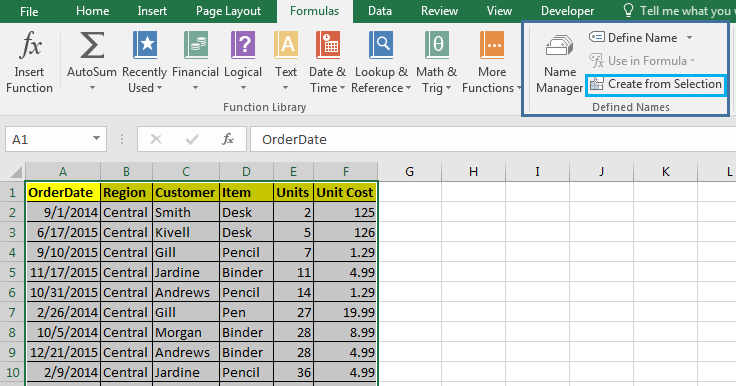
How To Use Names In Formulas In Excel
Define name excel online
Define name excel online-This feature works the same in all modern versions of Microsoft Excel 10, 13, and 16 Select the rows and columns containing the range you wish to name On the Formulas tab, in the Defined Names group, click the Create from Selection command In the Create Names from Selection dialog box, check the desired boxes and click OK /Since the scope of procedurelevel VBA variables is limited to a particular procedure, you can use the same variable names in other procedures within the same Excel workbook or module Bear in mind that, even though the name is the same, each variable is unique and its scope is limited to the relevant procedure




Insert Name Define Excel
Có 2 cách để define name Cách 1 Click vào Name Manager, hộp thoại quản lý danh sách các name đã được đặt tên xuất hiện, nếu workbook bạn chưa được đặt tên cho vùng dữ liệu thì sẽ không có danh sách tên Sau đó bạn nhấp chuột vào nút NEW để tạo ra tên mới Cách 2 Là nhấp chuột vào nút define name, hộp thoại New Name sẽ xuất hiện như sau I want to define a name for a column of dates ("dates") in VBA, and then use that name in a VBA formula Here's where I define the name in excel Sub Build_dates(as_of_date As String, curve_source As String) 'Code Range("B14")Select Range(Selection, SelectionEnd(xlDown))Select ActiveWorkbookNamesAdd Name="dates", Excel has a useful feature Named Ranges You can name single cells or ranges of cells in Excel Instead of just using the cell link, eg =A1, you can refer to the cell (or range of cell) by using the name (eg =TaxRate) Excel also provides the "Name Manager" which gives you a list of defined names in your current workbook
Normally, Named Ranges are very useful for Excel users, you can define a series of values in a column, give that column a name, and then you can refer to that range by name instead of its cell references But most time, you need to add new data to expand the Define names and use them in Microsoft Excel Microsoft Excel allows any cell to have a defined name, which makes creating and pointing to that cell a lot easier For example, in a traditional formula you may subtract the value in cell A1 from B1 using the formula =sum (A1B1) in cell C1 However, referencing these cells and using them in aTo expand the named range automatically when you add a value to the range, execute the following the following steps 4 On the Formulas tab, in the Defined Names group, click Name Manager
This technique works because Defined Names are essentially formulas And, Excel carefully monitors formulas and updates them as needed So, if we rename a worksheet, Excel automatically updates the Defined Name formula accordingly This means that the hyperlink that references the Defined Name will continue to work as expected To create sheet scoped Names, select the cell to be named, open the Defined Name Dialog (Insert menu, Name, then Define), and enter the name as Sheet1!TheName (where Sheet1 is the name of the sheet on which the Name should be scoped The presences of the sheet name causes Excel to make the name sheet scopedDefined names (known as "range names" in Lotus 123) are a longstanding feature in spreadsheets If we use defined names in lieu of traditional rowandcol




Creating A Chart Using A Dynamic Named Range In Excel 10 Super User




Named Range In Excel Geeksforgeeks
Microsoft Excel Defined names and Table names can sometimes conflict with formulas in HeavyBid Spreadsheet Calculations and Assemblies If a conflict is determined, the defined name can be deleted using the Name Manager dialog box as follows In Microsoft Excel, navigate to Menu > Formulas > Name Manager Private Sub Workbook_SheetChange(ByVal Sh As Object, ByVal Target As Range) If Left$(TargetFormula, 13) = "=MyCustomCalc" Then TargetName = "MyUniqueName" End If End Sub In short, this code checks to see if the calling range is using the user defined function and then assigns the range a name (MyUniqueName) in this instanceRightclick on the selection and choose Define Name in the popup menu On the Formulas tab, in the Defined Names group, click Name Manager (or press CtrlF3 ), then in the Name Manager dialog box, click the New button Excel displays the New Name dialog box




Where Is Name Manager In Excel For Mac The Excel Help System Microsoft Community




How To Define Named Range Across Worksheets In Excel
In Microsoft Excel, criteria can be set by typing the exact value that is desired in the criteria cells, or by using cell references or defined names To use the value of cell D1 as the criteria, type the following formula in the criteria cellIf "MyPrint" is false, "PrintConfigurations" is simply equal to "1" This logic works great in the spreadsheet itself (ie enter "=PrintConfigurations" in cell "A1") However, I'm running into problemsAdding Names in Excel VBA Sometimes you may need to Add name to a particular range in excel worksheet




2 Methods To Auto Update The Reference Range Of A Defined Name In Excel Worksheet Data Recovery Blog




How To Define Name In Excel Excel In Excel
On the Formulas tab, in the Defined Names group, click Define Name In the New Name dialog box, in the Name box, type the name you want to use for your reference Note Names can be up to 255 characters in lengthDeleting Names in Excel VBA; The defined names in Excel files are descriptive or humanreadable names that reference a single cell, range of cells, constant values, or formulas These names can be used to define cell references without using the columns and rows, and thus often make it easier to understand the purpose of that cell or cells



Defined Names Group Of Formulas Tab Ribbon Microsoft Excel 16 Indiaexcel Learn Microsoft Excel




How To Create And Use Excel Named Ranges
In that case, consider building a dynamic named range with the INDEX function instead In the example shown, the formula used for the dynamic range is = OFFSET( B5,0,0,COUNTA( $B$5$B$100 ),COUNTA( $B$4$Z$4 )) Note this formula is meant to define a named range that can be used in other formulasA Yes, you can create a list of your Excel workbook's worksheet names as follows From the Formulas tab, select Defined Names, Define Name to launch the New Name dialog box picturedHide UnHide Names in Excel VBA;




Insert Name Define Excel
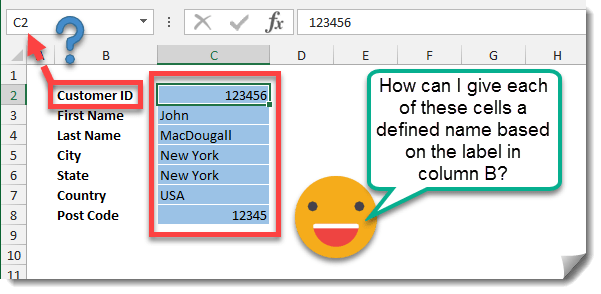



How To Create Multiple Defined Names Based On Labels In Other Cells How To Excel
You can define the names once in the workbook and use it across the workbook The following examples will show some of the Names daily operations Adding Names in Excel VBA; Names in Excel In Excel, you can create names that refer to cells, or to a constant value, or a formula After you create Excel names, you can use them in formulas, or quickly go to a named range There are rules for Excel Names, and here's what Microsoft says is allowed It seems clear, but a few of the rules aren't as ironclad as they lookClick the Name And Values tab In the Y Values box, replace the cell reference with the defined name Sales For example, the formula might be similar to the following =Sheet1!Sales Click OK Method 2 Use a database, OFFSET, and defined names in Excel 03 and in




Applying Range Names To Formulas Microsoft Excel




Why And How To Define Names For Certain Cell Ranges In Your Excel Data Recovery Blog
Select the cells to which you want to assign the name Click the "Formulas" tab and then click "Define Name" in the "Defined Names" section NOTE You don't have to select the cells first You can also select them using the "Expand Dialog" button later on, if you want The "New Name" dialog box displaysA name must always be unique within its scope Excel prevents you from defining a name that is not unique within its scope However, you can use the same name with different scopes For example, you can define a name, such as "Profit", that is scoped to Sheet1, Sheet2, and Sheet3 in the same workbook To create a named cell in Microsoft Excel, select the cell and click the Name Box next to the formula bar, as shown in the image This bar has the current cell location printed in it For example, if you're in cell A1, it should currently say A1 in the Name Box In the Name Box, type the name you want to name the cell and press Enter




Naming Ranges Excel 11 For Mac Youtube




Keep Track Of Names In Excel Workbook Contextures Blog
A faster way to create a named range in Excel is to select the cells and type the range name directly in the Name Box When finished, click Enter to save the newly created named range For more information, please see how to define a name in ExcelHow to name a range in Excel? Read Value of Defined Name Formula with VBA So, if the "MyPrint" name was equal to true, the value of "PrintConfigurations" would be "1,2";




5 Ways To Create An Excel Named Range




How To See All Of The Named Cell Ranges In An Excel Workbook
Here's how Go to the Formulas tab > Defined Names group, click Name Manager Or, just press Ctrl F3 (my preferred way) In the top left hand corner of the Name Manager dialog window, click the New button This will open the New Name dialog box where you configure a name as demonstrated in theDefine name manually To define a name to a range you can use shortcut CTRL F3 Or you can follow these steps Go to Formula Tab;Answer A named range is a descriptive name for a collection of cells or range in a worksheet To add a named range, select the range of cells that you wish to name In this example, we've selected all cells in column A Under the Insert menu, select Name > Define When the Define Name window appears, enter a descriptive name for the range
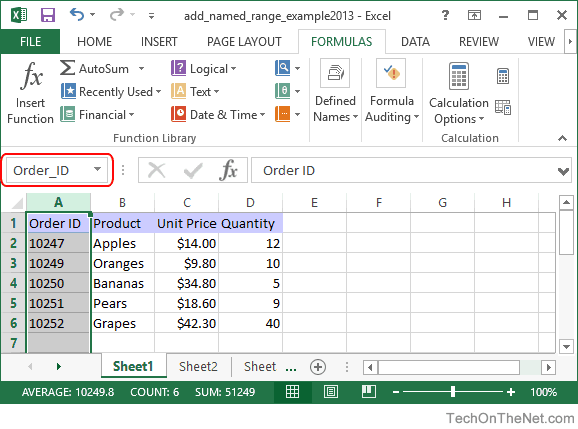



Ms Excel 13 Add A Named Range




Excel Magic Trick 1139 Defined Names 1 Create From Selection 2 Apply Names Youtube
Thanks for the reply, but it's not that a specific name is missing, rather the option to Define names in the first place is not there So previously when I've created a new name, I've gone to Insert>>Name>>Define, which brings up the Define names dialogue box However now the Define option is not there I can't see how to create aInsert current file name or path in cell / header or footer with Kutools for Excel Kutools for Excel's Insert Workbook Information is a mutifunctional tool, it can help you insert worksheet name, workbook name, workbook path or workbook path & name into the Excel cells, header or footer quickly and conveniently'Create Names from Selection' dialog box will appear Check to Top Row and Left Column Click on OK Each row and column range now defines its own range name To see the automatically defined name, Press CtrlF3 on your keyboard Name Manager dialog box will appear Now you can see the every defined names
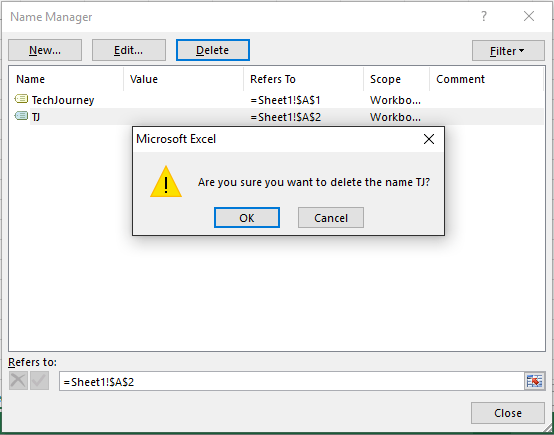



Delete A Defined Name Named Range In Excel Tech Journey




Working With A Defined Name Excel First
I have an Excel workbook with dozens of customnamed worksheets Is it possible to create a list of those worksheet names in Excel without having to retype them?You can define a name fo Create defined names, edit and finally delete it By using names, you can make your formulas much easier to understand and maintainA named range is one or more cells that have been given a name in spreadseet Using named ranges can make things easier How to Create Named Range to Spreadsheet in C# language This C# tutorial shows how to apply named range in Excel xlsx file Before working on Named Range First, we need create two worksheet in Excel, and fill some data to sheet 1




How To Define Named Range Across Worksheets In Excel
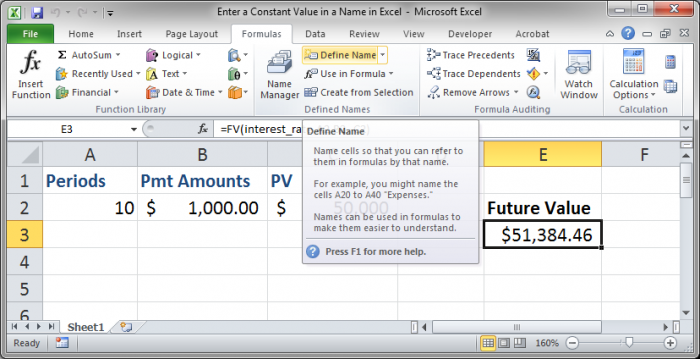



Enter A Constant Value In A Defined Name In Excel Text Numbers Formulas Etc Teachexcel Com
2 On the Formulas tab, in the Defined Names group, click Define Name 3 Enter a name and click OK There's an even quicker way of doing this 4 Select the range, type the name in the Name box and press Enter 5 Now you can use this named range in your formulas For example, sum Prices To create a named constant, execute the following steps 6 I am having a problem where I cannot define a name for selected cells When I highlight the cells I require and go to 'Insert > Define' the define selection is greyed out and will not let me select This is happening on speadsheets that I have been using for some time and also on any new speadsheets I create Can't Edit Names Options Greyed Out I am having an issue with my Excel 10 workbook that is extremely frustrating When I open my workbook, I am getting a "This workbook contains one or more links that can't be updated" message I started getting this after I accidently deleted a worksheet and replaced it with a backup copy



How To Delete Defined Names In Excel Quora
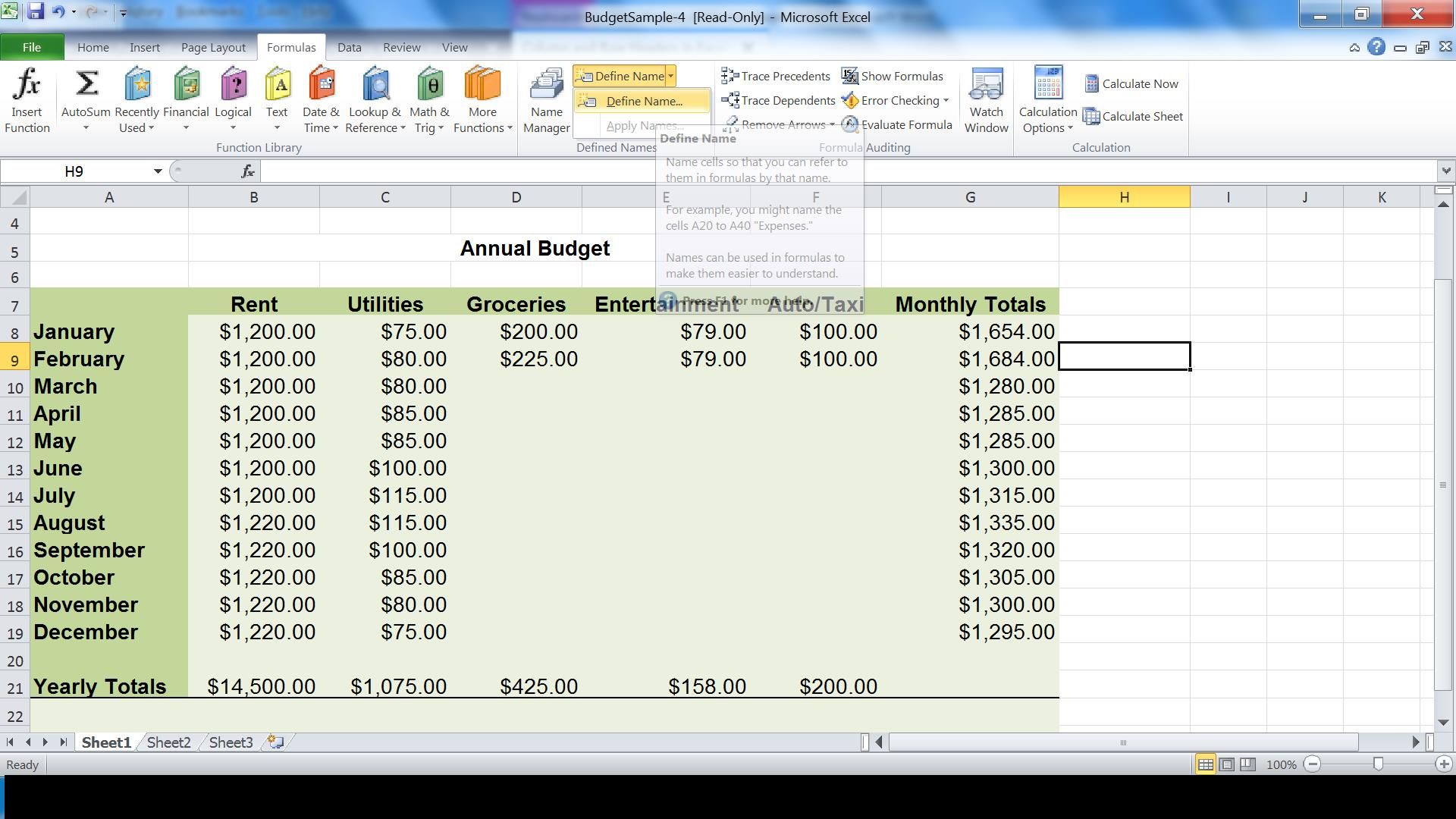



Excel Accessibility Screenreader Speaking Of Row And Column Headers In Excel Paths To Technology Perkins Elearning
Summary To reference a named range on another sheet, you can use the INDIRECT function with the required sheet syntax In the example shown, the formula in D6 is = SUM(INDIRECT("'" & B6 & "'!" & C6 )) Which returns the sum of the named range "data" on Sheet1You can even define the same name, GrossProfit, scoped to the workbook, but again the scope is unique In this case, however, there can be a name conflict To resolve this conflict, by default Excel uses the name that is defined for the worksheet because the local worksheet level takes precedence over the global workbook level
:max_bytes(150000):strip_icc()/NamedRangeNameManager-5c192805c9e77c0001a4b91c.jpg)



How To Define And Edit A Named Range In Excel




Excel Names And Named Ranges How To Define And Use In Formulas Ablebits Com



1




Name Range In Excel Examples How To Use Names In Excel




Where Is Name Manager In Excel For Mac The Excel Help System Microsoft Community




How To Define Use And Delete Names In Excel Formulas




How To See All Of The Named Cell Ranges In An Excel Workbook



1




The Fastest Way To Create Defined Names In Excel Mp4 Youtube




A Simple Shortcut To Define Name In Microsoft Excel 365




Excel How To Define A Name To Source Data




Excel Names And Named Ranges How To Define And Use In Formulas Ablebits Com




Excel Pro Tips How To Create Define And Use Named Ranges




How To Define And Use Names In Formulas With Excel 07 Youtube




Naming A Cell Or Range In Excel With Formula Excelnumber
:max_bytes(150000):strip_icc()/NameBox-5be366ed46e0fb00519ef15a.jpg)



How To Define And Edit A Named Range In Excel




Excel Pro Tips How To Create Define And Use Named Ranges




Names Thought Sumproduct Are Experts In Excel Training Financial Modelling Strategic Data Modelling Model Auditing Planning Strategy Training Courses Tips Online Knowledgebase




How To Create And Use Excel Named Ranges




Excel Names And Named Ranges How To Define And Use In Formulas Ablebits Com
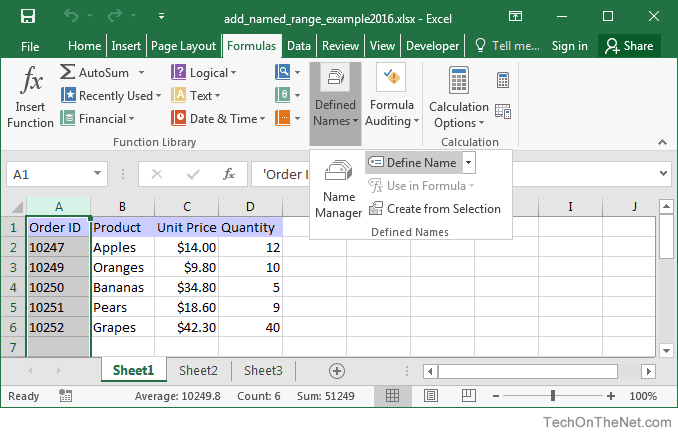



Ms Excel 16 Add A Named Range




Microsoft Excel Create An Automated List Of Worksheet Names Journal Of Accountancy




Create A Named Range In Excel In Easy Steps
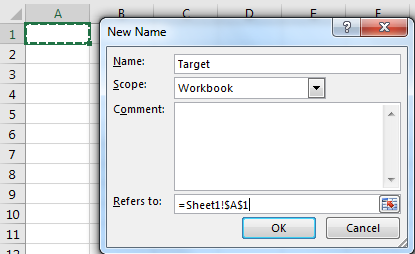



How To Use Names In Formulas In Excel




How To Apply Named Ranges To Existing Formulas In Excel
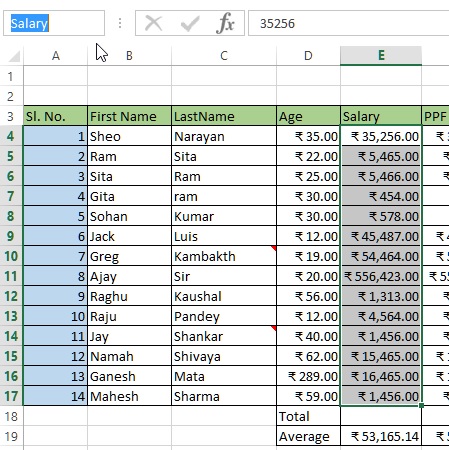



Named Range Named Constant In Excel Tech Funda



Will Power Bi Recognize Defined Names In Excel Data Awareness Programme



How To Define And Edit A Named Range In Excel




How To Enter A Constant Value In A Name Update November 21 Microsoft Excel Tips Excel Semi Pro
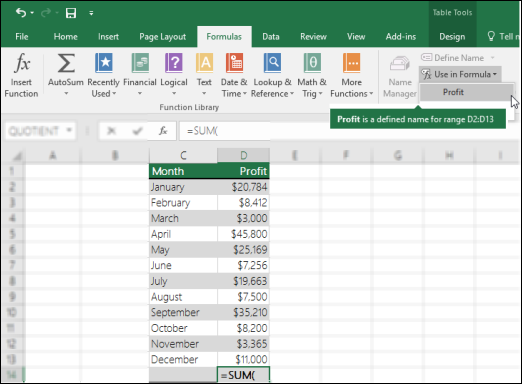



How To Correct A Name Error
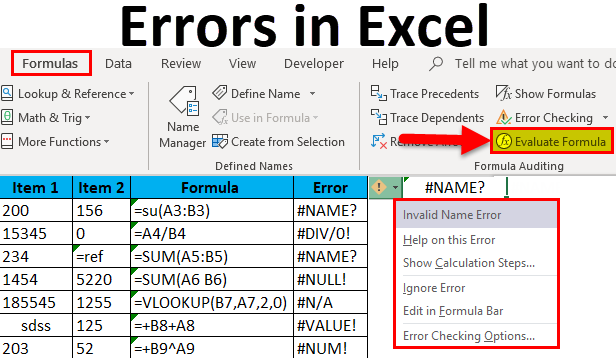



Errors In Excel Types Examples How To Correct Errors In Excel




Easily Assign An Excel Range Name Productivity Portfolio



1




A Simple Shortcut To Define Name In Microsoft Excel 365




How To Use Names In Formulas In Excel
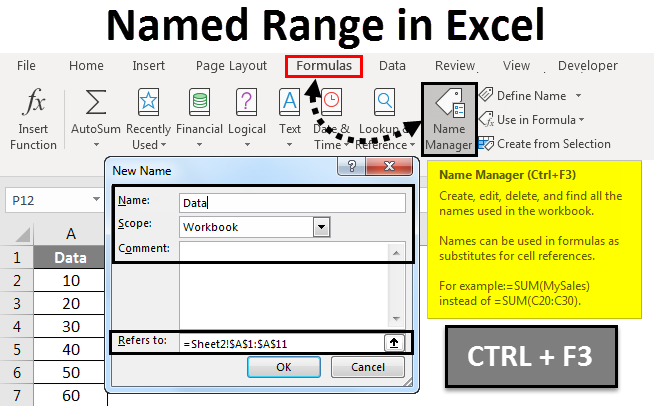



Named Range In Excel How To Create Named Range In Excel



How To Define And Edit A Named Range In Excel




How To Use Name Manager And Define Names In Excel Gyankosh Learning Made Easy




Excel For Architects Using Names To Manage Your Data Archsmarter




Use The Name Manager In Excel




Naming A Cell Or Range In Excel With Formula Excelnumber




Excel Names And Named Ranges How To Define And Use In Formulas Ablebits Com




Creating And Using Named Ranges Microsoft Excel 03



Name




Using Named Ranges Customisations Smart Workpapers Help Support




Excel Define Name And Deleting Of Data Ranges Youtube




Using The Same Range Name On Different Worksheets Microsoft Excel
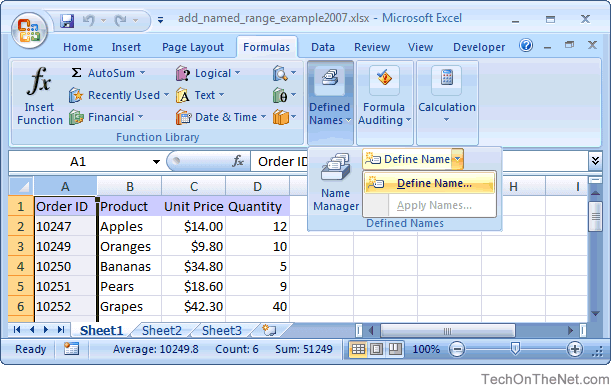



Ms Excel 07 Add A Named Range
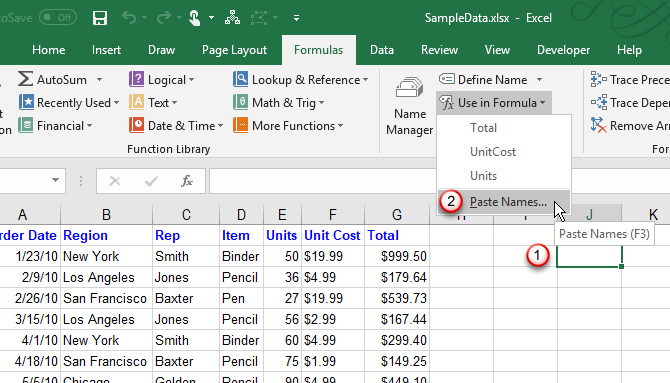



How To Work With Named Ranges In Microsoft Excel




Excel Names And Named Ranges How To Define And Use In Formulas Ablebits Com




How To Use Name Manager In Excel Excel Tutorials




How To Use Names In Formulas In Excel
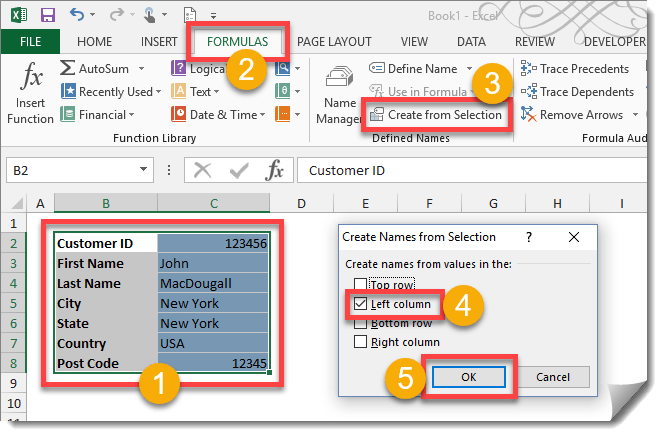



How To Create Multiple Defined Names Based On Labels In Other Cells How To Excel
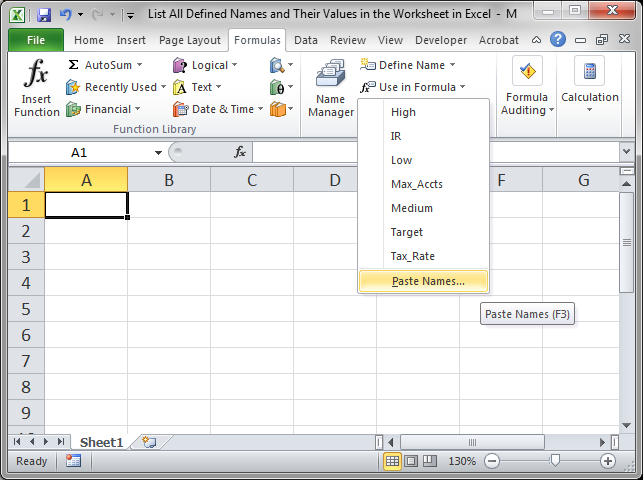



List All Defined Names And Values In The Worksheet In Excel Teachexcel Com




Step By Step How To Use Named Ranges In Excel With Practice Workbook




Naming A Cell Or Range In Microsoft Excel 10 Dako Code
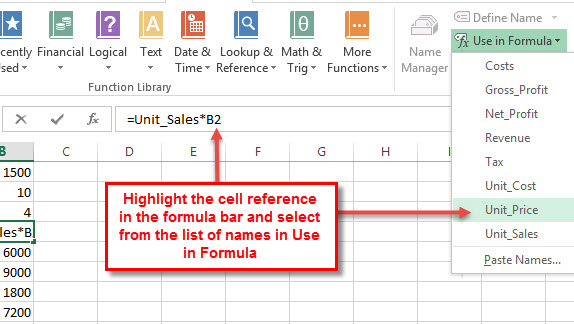



Using Cell Reference Names And Named Ranges In Microsoft Excel Pat Howe S Blog




Where Is Name Box In Microsoft Excel 07 10 13 16 19 And 365
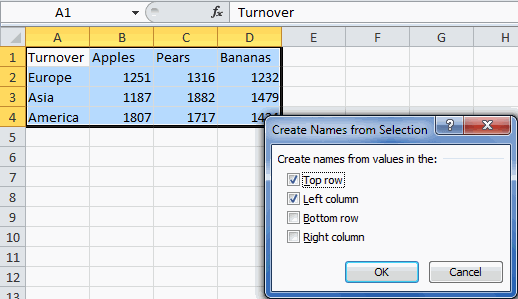



Excel Range Names In Excel Content




How To Get A Dynamic List Of All Worksheet Names In Excel Free Excel Tutorial




Name Manager In Excel How To Create Use Manage Names In Excel




Excel Names And Named Ranges How To Define And Use In Formulas Ablebits Com




Naming A Cell Or Range In Excel With Formula Excelnumber
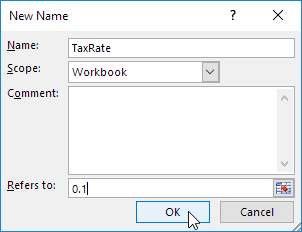



Create A Named Range In Excel In Easy Steps




Using Named Ranges In Excel Formulas Dummies
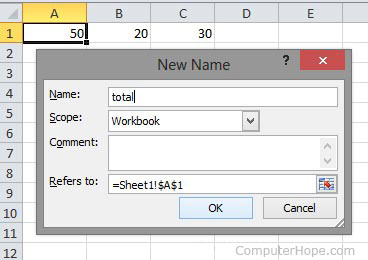



Define Names And Use Them In Microsoft Excel




How To Assign A Name To A Range Of Cells In Excel
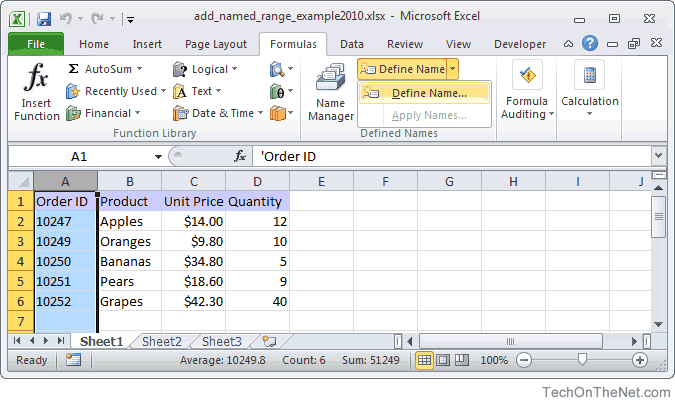



Ms Excel 10 Add A Named Range




Excel Names And Named Ranges How To Define And Use In Formulas Ablebits Com




Excel Pro Tips How To Create Define And Use Named Ranges



How To Bring Up A Number On Excel When A Name Is Entered Quora



Defined Names 101 Creating And Managing The Excel Codex



Will Power Bi Recognize Defined Names In Excel Data Awareness Programme



Will Power Bi Recognize Defined Names In Excel Data Awareness Programme




Excel Names And Named Ranges How To Define And Use In Formulas Ablebits Com




Working With A Defined Name Excel First




Named Ranges Make It Easy To Summarize Year To Date Totals Techrepublic




How To Define A Name For A Range Of Cells In Microsoft Excel




Where Is Name Box In Microsoft Excel 07 10 13 16 19 And 365




Name Range In Excel Examples How To Use Names In Excel



0 件のコメント:
コメントを投稿